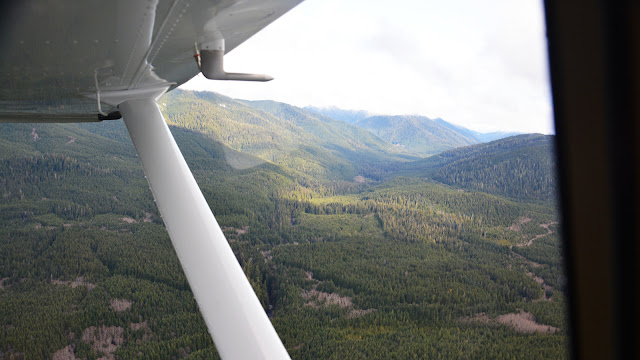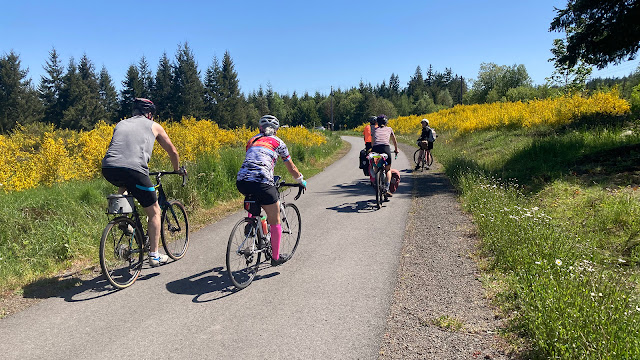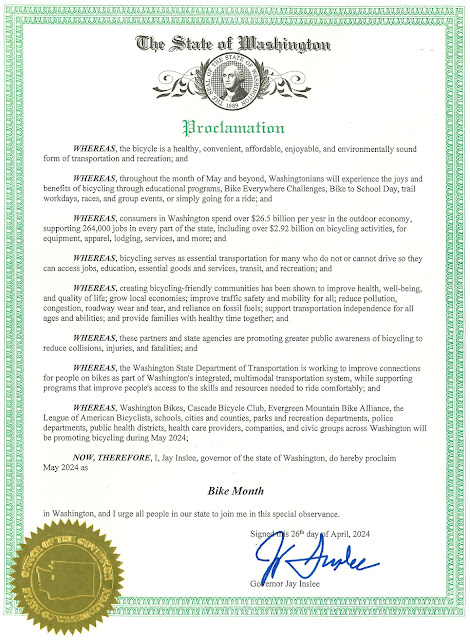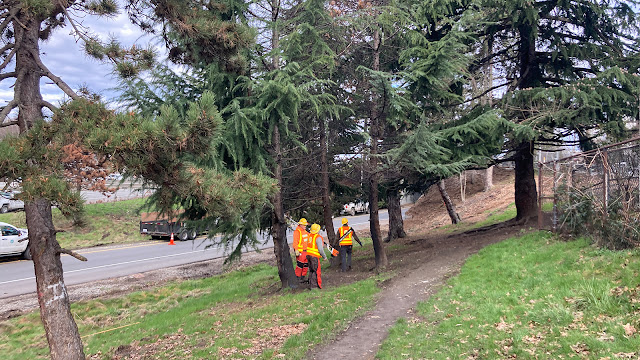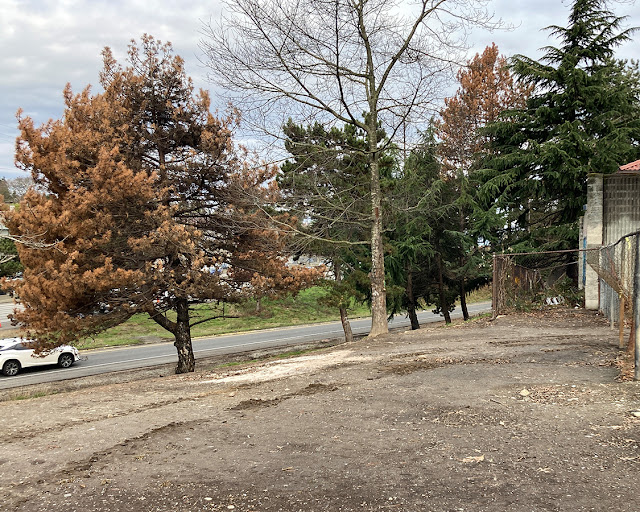By Suanne Pelley
Our ferry system in Washington is the largest in the United States. After several difficult years, in part due to our aging fleet, we are on the road to recovery. This week, we launched our national contracting process to begin the bidding and building process for five new hybrid-electric ferries. We know that building these new vessels is critical to improving our service and reliability for all of our passengers and communities that use ferries.
On Thursday, May 30, we invited potential shipbuilders to submit qualifications to build five new hybrid-electric vessels. Later this year, the qualified firms will submit their bids, allowing us to then complete our selection of one or possibly two shipbuilders. Under this contracting approach, two vessels could be delivered in 2028, two more in 2029 and the final ferry in 2030 (subject to final bid prices and available funding). These boats are expected to support the Mukilteo/Clinton and Seattle/Bremerton routes.
Hybrid-electric ferries offer a healthier, financially sustainable future
Our diesel vessels are one of the state’s largest emitters of climate pollution, burning nearly 19 million gallons of diesel fuel each year. Hybrid-electric ferries not only bring us closer to a cleaner, healthier, and more financially sustainable future – they’re also the fastest path to growing our fleet.
- Hybrid-electric ferries have been in design for over a year and shipbuilders across the country are interested in building these vessels.
- The five new ferries will save approximately 240 million gallons of diesel over their 60-year lifespan.
- Emissions will be reduced from the current 180,000 metric tons to 45,000 metric tons annually systemwide.
Curious what goes into building a new ferry?
Planning and Policy: Support for hybrid-electric vessels began in 2018 with an executive order for us to begin transitioning to an emission-free fleet. A similar executive order went into effect in 2020. There is also a law requiring state agencies to reduce greenhouse gas emissions by 70% by 2040. After that, our greenhouse gas emissions are required to be at net zero by 2050.
In 2020, we published our System Electrification Plan (PDF 4MB) which explains how we plan to meet those goals by using hybrid-electric vessels and charging stations at the terminals. The plan includes building 16 new vessels in the next 16 years and converting six diesel-only vessels to hybrid-electric. These two actions combined allow us to replace and revitalize our aging fleet.
In May 2023, the Washington legislature passed a bill allowing for a faster and more competitive procurement process for the five hybrid-electric ferries. With this new law, out-of-state shipyards can submit bids and we can issue up to two contracts at once. At least 10 shipyards have registered as interested parties to date.
Funding: The electrification program is estimated to cost $4 billion. So far, we have secured $1.68 billion in funding. That includes $599 million from the Climate Commitment Act (CCA) (passed in 2021), and $1.03 billion from Move Ahead Washington (passed in 2022).
Design: Before we construct a ferry, it has to be designed. We have a dedicated team that has been working for over a year to design vessels that meet the unique requirements of our Puget Sound routes. Our design team includes naval architects, propulsion system experts and Washington State Ferries subject matter experts. These ferries will carry 160 vehicles and 1,500 passengers. Here is a rendering of the new hybrid-electric ferry.
 |
| Rendering of a new hybrid-electric ferry |
Construction: Shipyards must pass a rigorous pre-qualification process before they can submit bids. We will choose one or two winning shipyards. Then, each winning shipyard will be allowed one year for final planning and two years for construction of the first vessel.
Some people have suggested that it would be faster to build diesel-only ferries instead. This is not the case. This hybrid-electric plan and design is the quickest path to new vessels. We have legislative direction, funding and design to proceed with the hybrid-electric vessels. To change course and build diesel-only ferries, we would need to receive new legislative direction and re-start the design process. Altogether, the earliest a new diesel vessel could enter service would be 2030, two years beyond our current timeline for the first hybrid-electric ferries and not meet legislative direction, including emissions standards.
Washington State Ferries is proud of the path we’re on to build our ferry fleet of the future. We hope that you will journey along with us!
